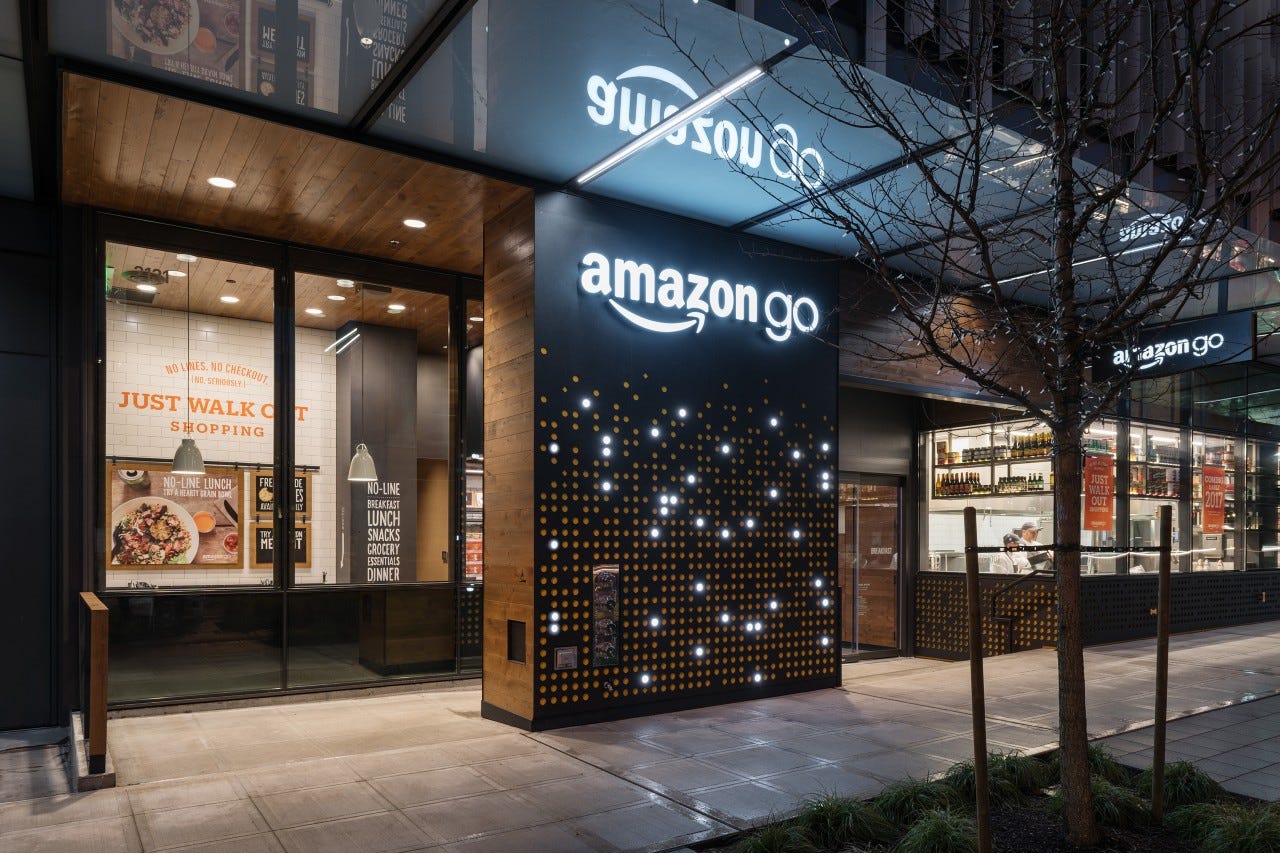When Amazon ignores responsibility
Writer's note on August 1, 2024: Federal regulators have determined that Amazon can be held responsible for defective goods sold by third-party merchants on its online marketplace, rejecting the company's position that it's merely an intermediary between consumers and sellers. Click here to read more from CNBC.
ORIGINAL POST (by Shamontiel): March 12, 2020
When customers walk into the average retail store, they expect to feel safe and secure inside. Employees are required to remove products that are past their expiration dates. Store clerks are required to call for maintenance when there’s a spill or some other emergency that needs immediate attention. And if an item sold in the store is hazardous, even once it leaves the store, customers are usually able to get a refund.
Depending on the product severity, customers can even fill out paperwork to potentially allow the retail store’s insurance company to provide compensation outside of court.
Are there no warning stickers for hazardous products? It’s the store’s responsibility. Can parts of non-edible products be inhaled or swallowed? The store must tell customers before purchasing. Has the product been tested for safety and durability? Customers should be able to see that on the packaging, too. Is there lead paint or risk of chewed paint chips? It’s up to the store to make sure customers know this before they buy it.
Some retailers even allow customers to fill out Prohibited Product Policy forms if they see a product in stores that they know is sketchy. Interestingly, this is not the pattern of online merchants such as Amazon. Although customers may not know it, they are signing away some of their rights when they buy questionable products. And if a customer doesn’t check the feedback section, or if critical product reviews aren’t approved or not left at all, then additional customers are at risk, too.
What Consumers May Be Missing on Amazon’s Terms and Conditions
In a new PBS “Frontline” episode “Amazon Empire: The Rise and Reign of Jeff Bezos,” it highlights what Amazon customers may be overlooking when creating new accounts and purchasing products from third-party sellers. It says:
“If you purchase any of the products or services offered by these businesses or individuals, you are purchasing directly from those third parties, not Amazon. We are not responsible for examining or evaluating, and we do not warrant, the offerings of any of these businesses or individuals (including the content of their Web sites). Amazon does not assume any responsibility or liability for the actions, product, and content of all these and any other third parties.”
This means third-party companies can sell their products on Amazon without the primary online merchant assuming liability for faulty products.
“It’s super easy for these companies that are maybe not as careful with adhering to the law … to start a business up on Amazon, import some stuff, sell it, cause some problems and then disappear,” said Rachel Johnson Greer, a former Product Safety Manager for Amazon, on the “Frontline” episode.
When asked about a customers’ belief that there’s a “pretty high safety standard on Amazon,” Greer’s response was a sharp “And that assumption would be incorrect.”
ADVERTISEMENT ~ Amazon
As an Amazon affiliate, I earn a percentage for every purchase with my referral link.

However, Amazon does take ownership of products that it sells directly.
“When Amazon is the retailer and we sell a product to a customer, then it’s our obligation to make sure that we understand the manufacturer and the supply chain for that product and its safety,” said Jeff Wilke, CEO of Global Consumer for Amazon.
But the average Amazon customer may be looking for the best financial deal as opposed to who sells what, especially considering Amazon has their own A-to-Z Guarantee that can often cover refunds and/or replacements on a large quantity of products—assuming customers can make these claims within the first 90 days and be able to confirm that the purchased item is “different than expected.”
Additionally, according to Statista, in the fourth quarter of 2019, 53 percent of paid units were sold by third-party sellers. And Amazon seller businesses had as little as one or as many as five employees, which makes it fairly easy to just remove oneself from the site if product safety value is questioned.
Is this common? It seems like it. In a Wall Street Journal report, more than 4,000 sellable items had already been banned or declared unsafe by federal agencies. There were also mislabeled products found on the site. About half included toys and medications with no health risk warnings. And because Amazon users agree to the conditions that the site does not assume responsibility for any third-party sellers, it’s legal.
Why Should This Matter To Big-name Retailers?
For a major retailer who has already made a name for itself, this kind of news about third-party companies may seem trivial. A company like Nike (which already left the site during the winter months last year) would more than likely be trusted over a Nobody Knows Athletic Brand. Iconic toy companies like LEGO selling their products on Amazon have already gained parents’ trust.
So what third-party companies do is neither here nor there for them. Big-name retailers have already given in to maintaining their relevance for online shoppers, who’d rather get one-day shipping and avoid brick and mortar stores altogether. And while brands like these can be trusted on and off of Amazon’s site—and away from the third-party controversy—these household names are also doing a world of good for Amazon’s reputation.
While critics can point to questionable third-party sellers who sell unsafe items on Amazon, the online merchant can always remind them that big-name companies also sell products on their site. If customers don’t like buying products from that one lesser-known company, there are plenty more to choose from.
Do these big-name retailers selling their products on a company’s website full of no-names hurt their own credibility? If an online retailer operates more like a flea market, could big-name affiliates feel like they’re being surrounded by lesser-quality companies? Maybe.
But is the bigger problem that customers keep buying from companies that cannot be trusted over companies that already can? Some could argue yes. Generally speaking, it is up to customers to carefully read all Terms and Conditions before buying anything. This includes refund and replacement policies, warranties, lack of safety instructions, and even looking up the third-party seller ahead of time to make sure it’s a reputable company. However, major retailers already know that blaming the customer more often than not leads to all parties involved losing money in the process. Unhappy customer, less profitable site.
(Note: This post was originally published as an Upwork freelancer for RETHINK Retail.)
Did you enjoy this post? You’re also welcome to check out my Substack columns “Black Girl In a Doggone World,” “BlackTechLogy,” “Homegrown Tales,” “I Do See Color,” “One Black Woman’s Vote” and “Window Shopping” too. Subscribe to this newsletter for the monthly post on the third Thursday.
If you’re not ready to subscribe but want to support my writing, you’re welcome to tip me for this post! I’ll buy a dark hot chocolate on you. Thanks for reading!





